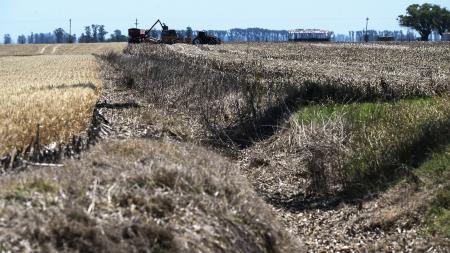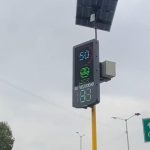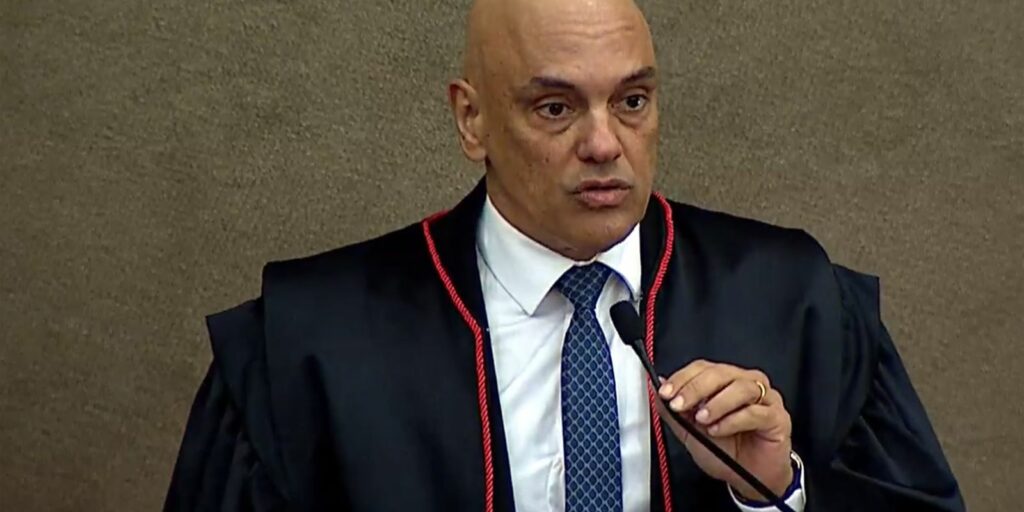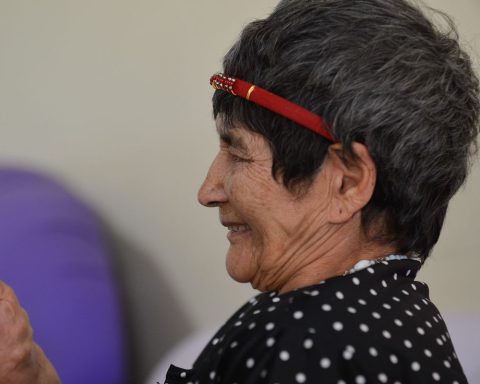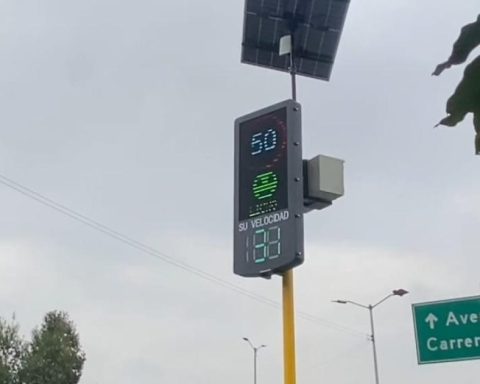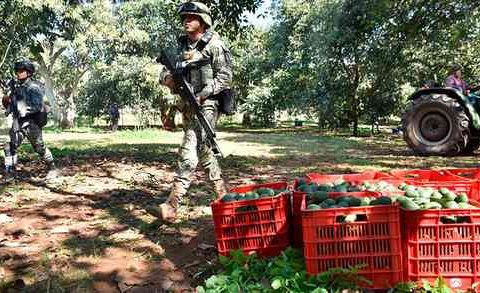The validity of the La Niña atmospheric phenomenon in Argentina throughout 2022 meant that last year was the eighth driest in history, which was noticed more seriously in sectors of the Coast and the Pampas region, according to a report from the National Meteorological Service.
In those regions, the precipitation values were between 500 and 600 millimeters below the average, while December was the warmest on record since 1961.
According to the SMN forecasts, for the first quarter of this year there is a 50% chance that “La Niña” will continue in force with its consequence of drought and high temperatures.
In this sense, the meteorological report reports that this quarter may be warmer than average, with temperatures higher than normal in the Pampean region and western Patagonia.
Heat in Cuyo
While in the Cuyo region, southern Litoral and eastern Patagonia a trimester with normal or above normal values is more likely.
While, throughout the northwest and north of Argentina, as well as in the south of the countrythere is a greater probability that temperatures will be registered within the normal range for this time of year.
Regarding rainfall, the SMN forecasts that in the first quarter of the year they can be “normal or lower than normal in the Coast, north and center of the country and south of Patagonia”
In addition, “there is a higher probability that average rainfall is recorded in Cuyo, La Pampa, Buenos Aires and all of eastern Patagonia”.
While in northwestern Argentina “it is more probable that the rains are above normal, while these may be normal or above normal in western Patagonia.”
The Weather Service noted that last month was “the fifth warmest since 1961, with a heat wave between December 4 and 12 that caused temperature records for the month”.
record heat
Temperature records were broken for December in Las Lomitas 45.3, Santiago del Estero 45.3, Orán 45, Tartagal 44.2, Tucumán 44, Villa de María 43.9, Santa Rosa de Conlara 41.2.
Meanwhile, the cities that had the heat wave for the greatest number of days were Córdoba (9 days), San Martín (8 days)
and Río Cuarto (7 days).
In addition, the rainfall deficit and the intensification of the drought continued. in much of the center, north and northeast of Argentina.
Coastal cities like Corrientes and Paso de los Libres registered the driest month of December in the last 62 years.
